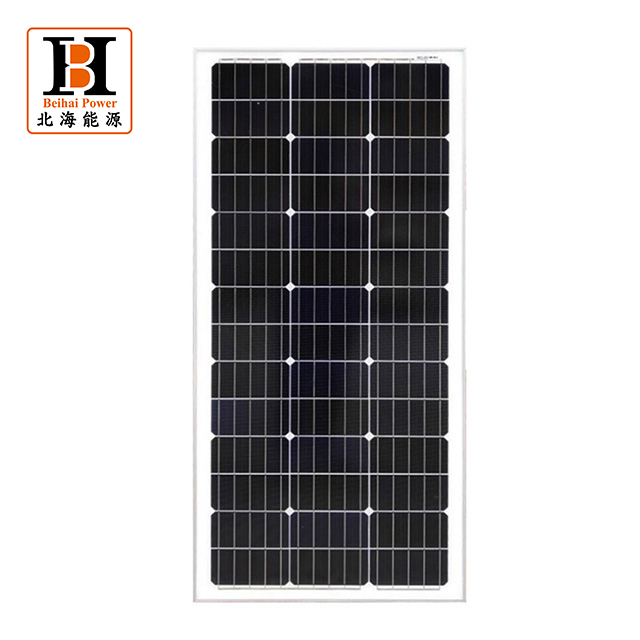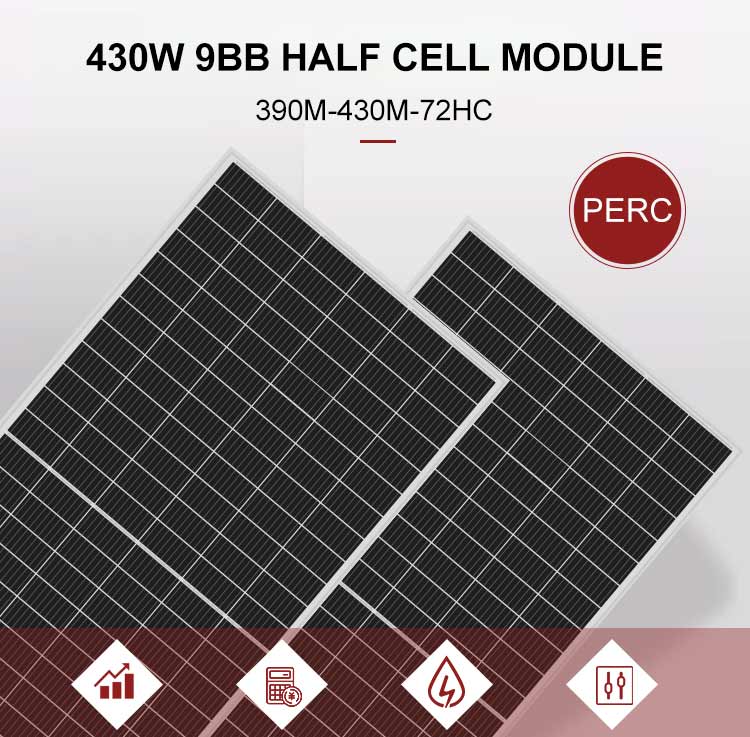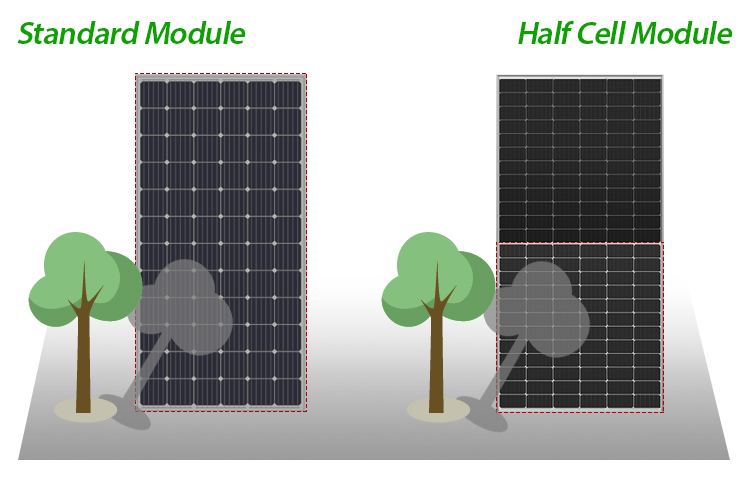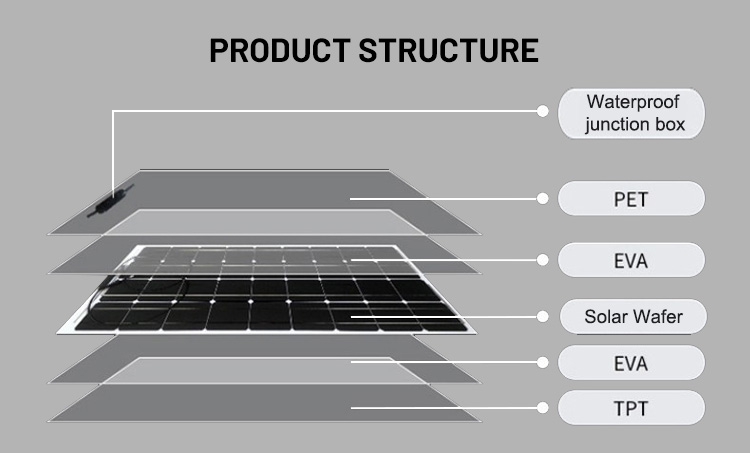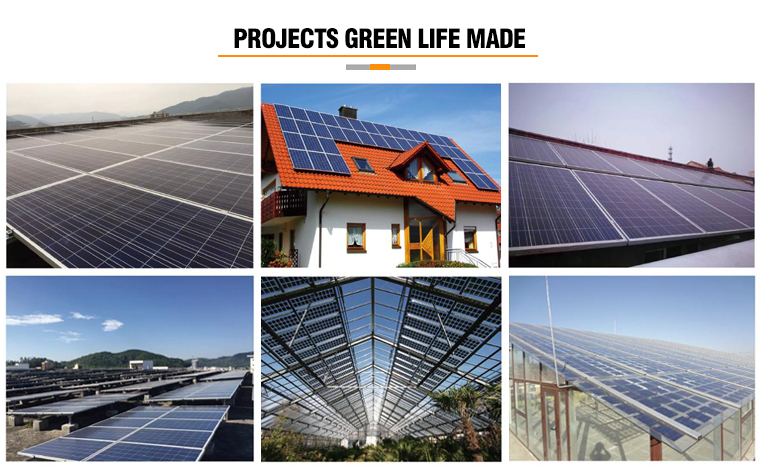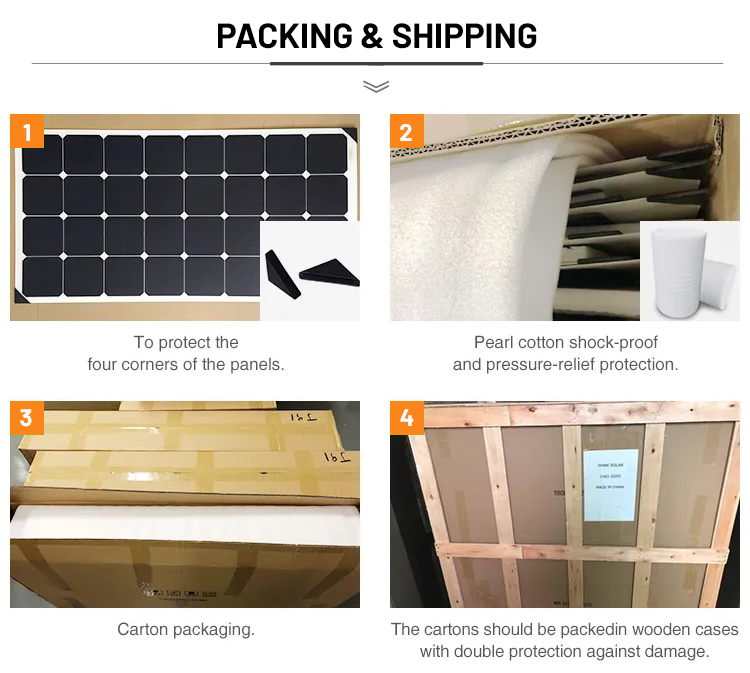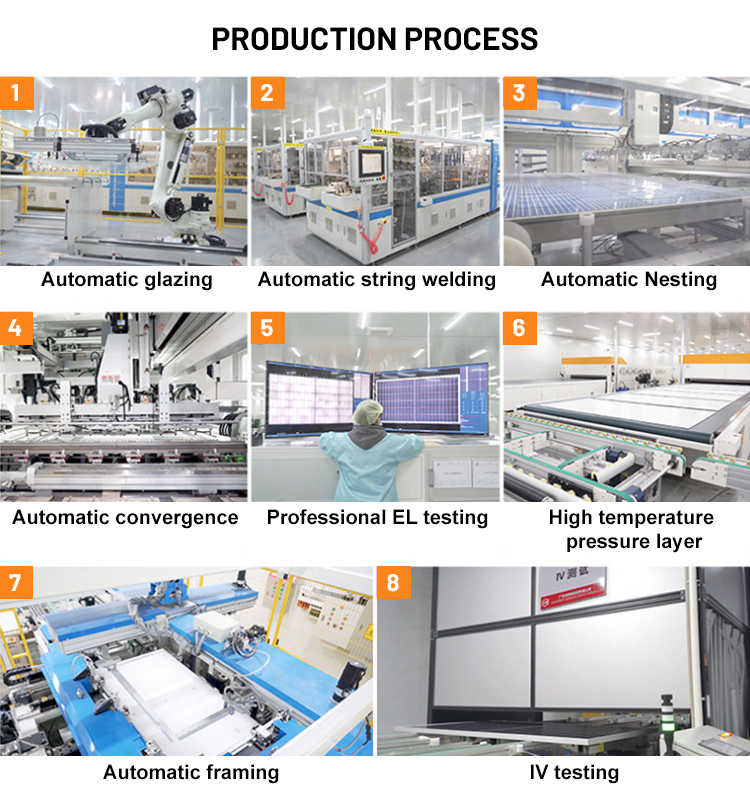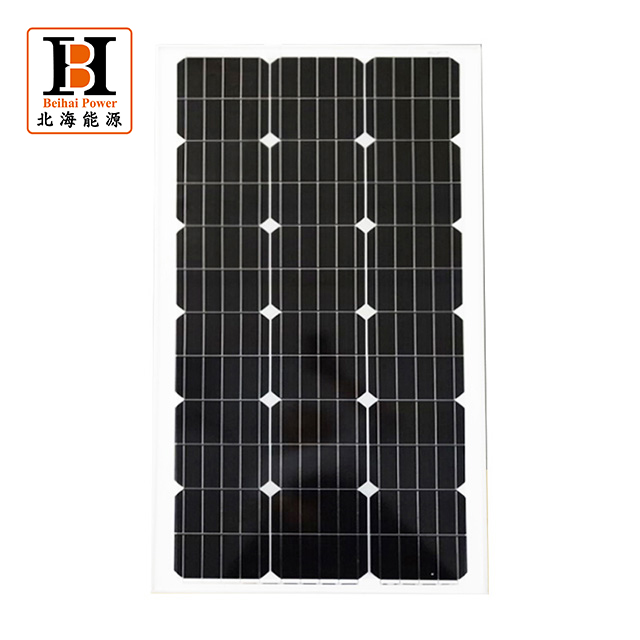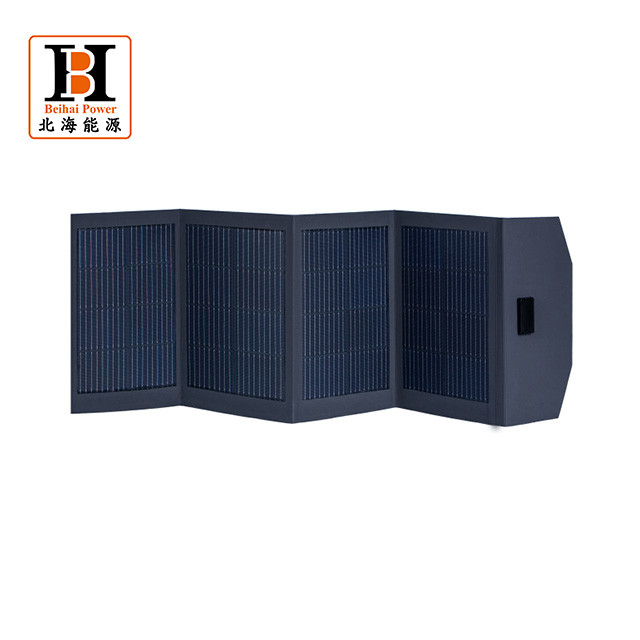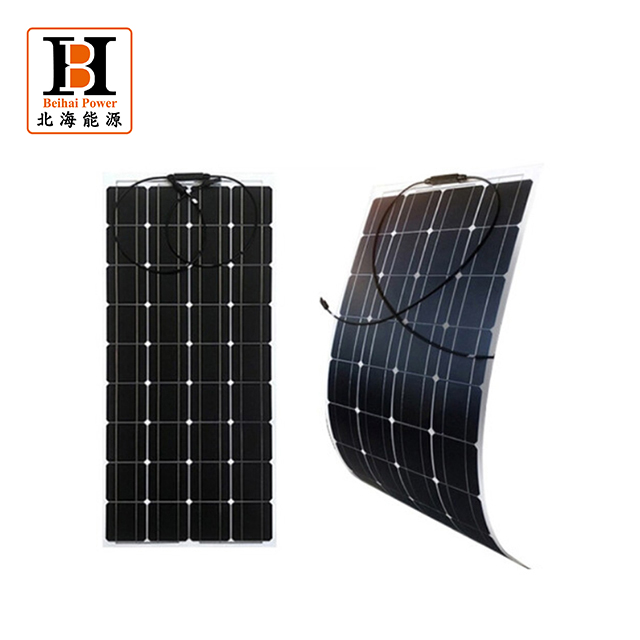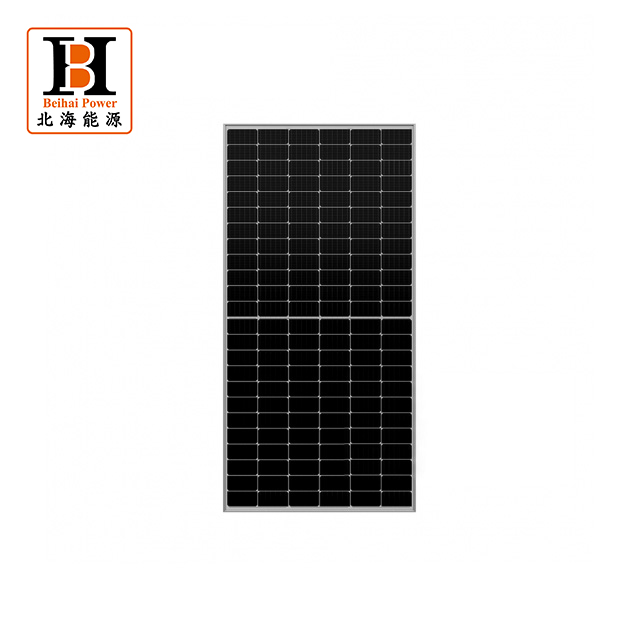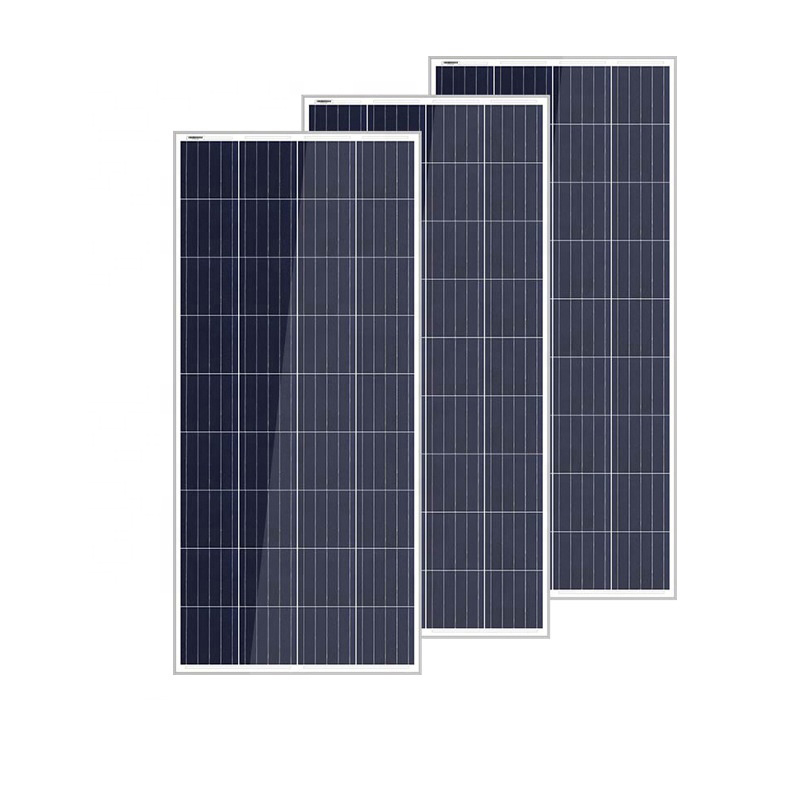400w 410w 420w Mono Solar Panel for Home
Product Introduction
Photovoltaic solar panel is a device that converts light energy directly into electrical energy through the photovoltaic or photochemical effect. At its core is the solar cell, a device that converts the sun’s light energy directly into electrical energy due to the photovoltaic effect, also known as a photovoltaic cell. When sunlight strikes a solar cell, photons are absorbed and electron-hole pairs are created, which are separated by the cell’s built-in electric field to form an electric current.
Product Parameters
|
MECHANICAL DATA
|
|
|
Number of Cells
|
108 Cells (6×18)
|
|
Dimensions of Module L*W*H(mm)
|
1726x1134x35mm (67.95×44.64×1.38inches)
|
|
Weight (kg)
|
22.1 kg
|
|
Glass
|
High transparency solar glass 3.2mm (0.13 inches)
|
|
Backsheet
|
Black
|
|
Frame
|
Black , anodized aluminium alloy
|
|
J-Box
|
IP68 Rated
|
|
Cable
|
4.0mm^2 (0.006inches^2) ,300mm (11.8inches)
|
|
Number of diodes
|
3
|
|
Wind/ Snow Load
|
2400Pa/5400Pa
|
|
Connector
|
MC Compatible
|
|
Electrical Date
|
|||||
|
Rated Power in Watts-Pmax(Wp)
|
400
|
405
|
410
|
415
|
420
|
|
Open Circuit Voltage-Voc(V)
|
37.04
|
37.24
|
37.45
|
37.66
|
37.87
|
|
Short Circuit Current-Isc(A)
|
13.73
|
13.81
|
13.88
|
13.95
|
14.02
|
|
Maximum Power Voltage-Vmpp(V)
|
31.18
|
31.38
|
31.59
|
31.80
|
32.01
|
|
Maximum Power Current-lmpp(A)
|
12.83
|
12.91
|
12.98
|
13.05
|
13.19
|
|
Module Efficiency(%)
|
20.5
|
20.7
|
21.0
|
21.3
|
21.5
|
|
Power Output Tolerance(W)
|
0~+5
|
||||
|
STC: lrradiance 1000 W/m%, Cell Temperature 25℃, Air Mass AM1.5 according to EN 60904-3.
|
|||||
|
Module Efficiency(%): Round-off to the nearest number
|
|||||
Principle of operation
1. Absorption: Solar cells absorb sunlight, usually visible and near-infrared light.
2. Conversion: The absorbed light energy is converted into electrical energy through the photoelectric or photochemical effect. In the photoelectric effect, high-energy photons cause electrons to escape from the bound state of an atom or molecule to form free electrons and holes, resulting in voltage and current. In the photochemical effect, light energy drives chemical reactions that produce electrical energy.
3. Collection: The resulting charge is collected and transmitted, usually by means of metal wires and electrical circuits.
4. storage: electrical energy can also be stored in batteries or other forms of energy storage devices for later use.
Application
From residential to commercial, our solar panels can be used to power homes, businesses and even large industrial facilities. It is also ideal for off-grid locations, providing reliable energy to remote areas where traditional power sources are not available. Additionally, our solar panels can be used for a variety of purposes, including powering electronic devices, heating water, and even charging electric vehicles.
Packing & Delivery
Company Profile
Products categories
-

Phone
-

E-mail
-

Whatsapp
-

Top

